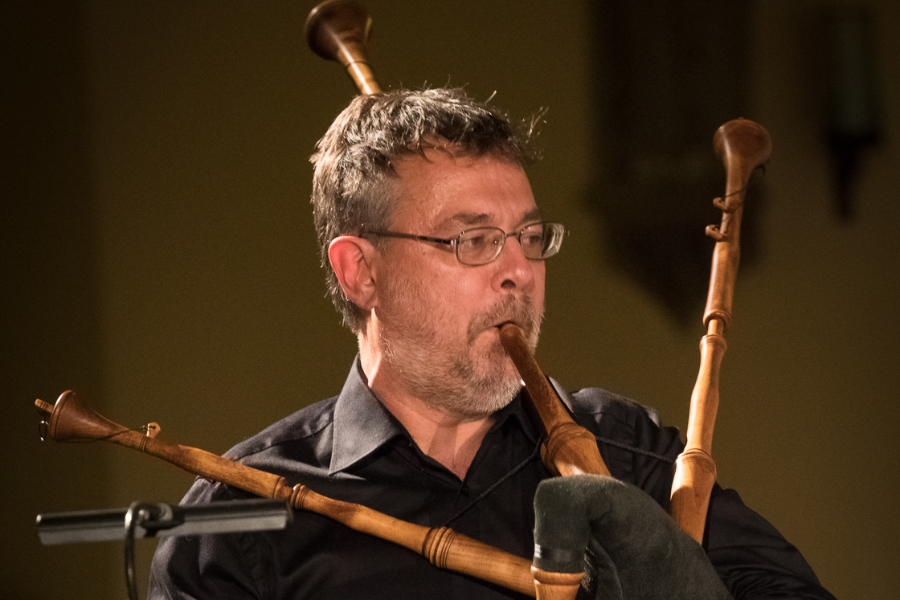Polyphonic songs are an important, though lesser-known, part of Franz Schubert’s work. We find here a wide range of forms – from simple homophonic compositions to elaborate arrangements with piano accompaniment. The themes of these works, often written under the influence of the composer’s reading, are similarly diversified.
The lyrics are about death, resurrection (An die Sonne), love of God (Gebet), the beauty of life (Lebenslust), and nature. Some of them were commissioned, others composed spontaneously, as entertainment for the company, to be performed in a circle of friends on various occasions. We can find here occasional compositions: birthday compositions, thanks for recovery (Der Tanz, Schicksalslenker, blicke nieder), surprise songs, miniature comic operas (Die Advocaten, Der Hochzeitsbraten), and others. The line-ups of these songs are often difficult to determine, so the most important indication for the performers is their purpose. In some cases, the composer clearly required a chorus, indicating it in the score. This applies above all to religious hymns created for groups active in the church. As in the case of most of the songs, it is not possible to determine the line-up, and as we do not know the circumstances of their performance, the use of one-voice-per-part seems to be the only possible solution. Another important question arises here: what was the vocal part aesthetics suitable for conveying all the nuances of these compositions? They are not only subtle in the harmonic layer, but also contain elements of musical painting, with different sound colours for different registers. A modern opera voice, characterized by great sound force and complete tonality, is definitely inappropriate here. Undoubtedly, the period of Schubert’s life was only the beginning of a real revolution in the aesthetics of the vocal part. Therefore, guided by historical premises and the intended use of the pieces, in this programme the artists have decided to use a sound consistent with the historical performance practice of the music.

